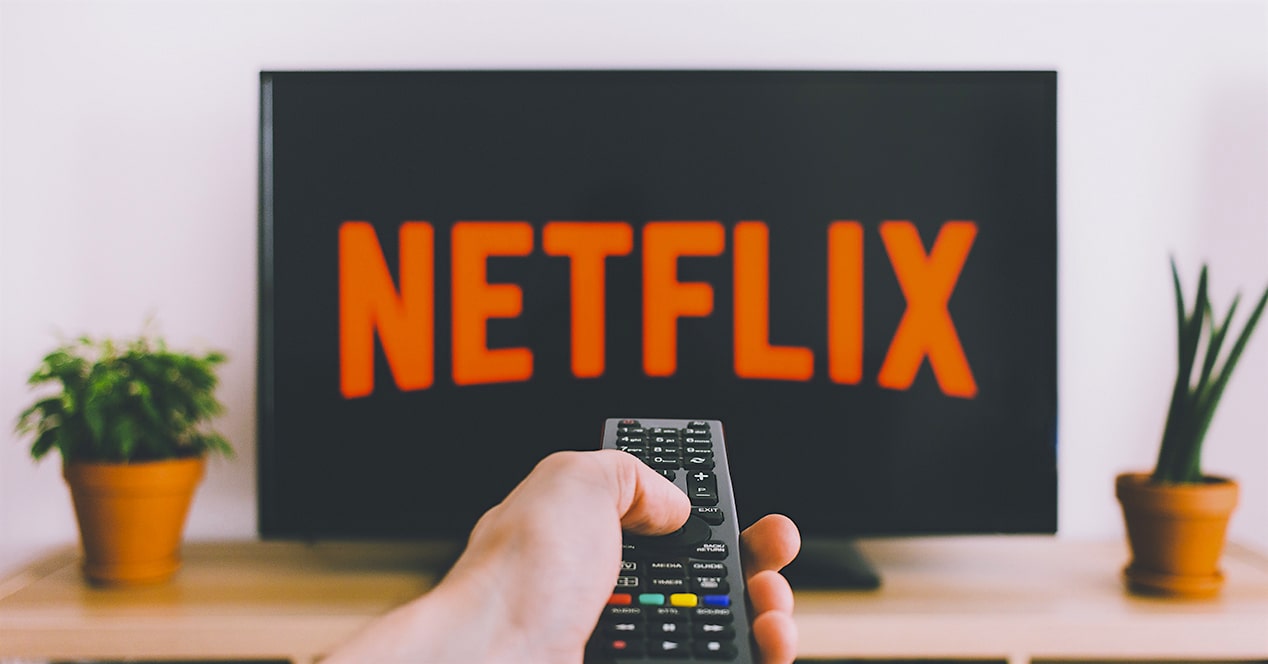
We recently discussed here how Netflix it is opening up a little more and more, revealing data (especially audiences) that some time ago were completely private. Do you want a new example of it? Well, watch out. The company has now revealed how it classifies us when we watch a series or movie. Find out if you are an "initiator", "observer" or "completer".
The Netflix classification to measure its content
Even if two Netflix users, from their respective homes, play the same series on the platform, it is not the same for one to watch a complete chapter than for the other to watch the first five minutes and switch to something else.
This obvious reasoning is, without a doubt, an important circumstance for the content service, since determines the interest generated by your titles, which ones are worth more and which proposals are not finishing set among the public. Such is the case that, in fact, Netflix has its own internal classification system, with which it categorizes users and based on this, it can later study the success of its catalog much better and also communicate it to directors, producers and Of course, investors.
This has been revealed by the firm in a document provided to a committee of the British Parliament, which is studying the current state of public TV in the country and the different on-demand services offered in its market.

In said letter it is revealed that Netflix uses three indicators or descriptors with which you classify the users who view your content: “starters” (starters) in English), «observers» (watchers) and "completers" (completers).
The initiators They are those who watch a movie or an episode of a series for a couple of minutes and remove it. The observers, for their part, see 70%, while as completers Users who watch 90% of a movie or season of a series are classified.

The curious thing about all this, beyond the categorization itself, is that depending on "who you are" you receive one piece of information or another: the producers and directors who collaborate with Netflix receive information about initiators and completers (the two extremes) and takes into account the data collected during the first 7 days of a premiere and after 28 days of launch.
Netflix explains that with these two metrics it believes to give the best information for creatives so they have a broader understanding of how users engage with your proposal from start to finish.

La observer information (70% of a movie or series, remember), on the other hand, it is the one that is shared in the quarterly earnings letters shareholders as well as the general public at specific moments. In other words, when we talked to you the other day about the good audience data for the third season of Stranger Things and the last installment of The House of Paper, the millions of people accounted for in these numbers are "watchers" or "observers" -the Spanish translation is horrible, we know.
All this data is what Netflix uses to measure its audiences and find out the acceptance of a product. Based on that, then the reasoning is simple: if the series involves a high investment and then does not generate enough observers or completers, it is not renewed for a following season; If the same thing happens with a movie, it will be a subject to take less into account soon. The law of supply and demand.